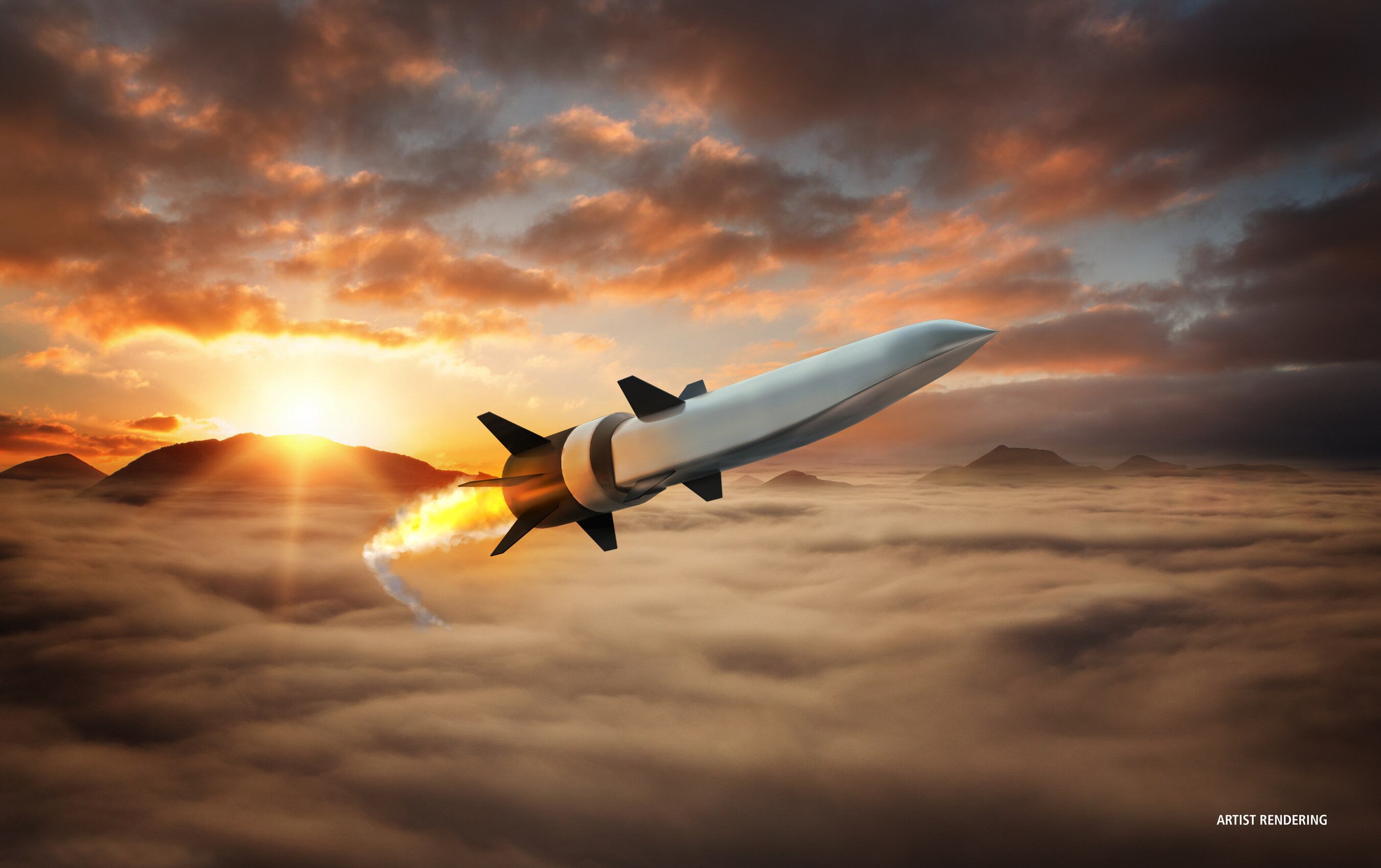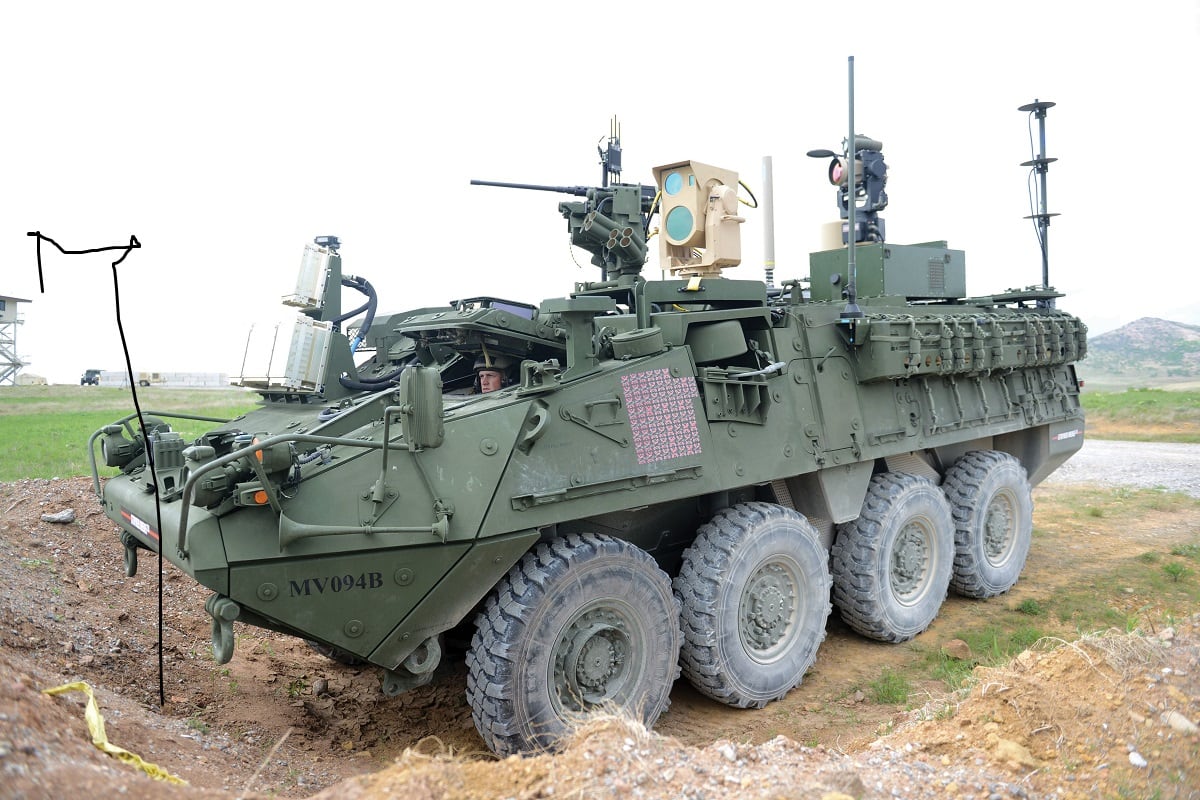WASHINGTON — Defense industry giants see the hypersonic missile market as large enough to be fruitful for all the major players.
Lockheed Martin, Raytheon and Northrop Grumman are engaged at all levels of offensive and defensive hypersonic missile capabilities as prime contractors on a variety of programs within the military services, but they are also partnering with each other.
The U.S. military has dramatically ramped up efforts to build its hypersonic missile capability in a race with Russia and China.
During Northrop Grumman’s second quarter earnings call for fiscal 2019, President and CEO Kathy Warden described the hypersonic arena as having “plenty of market opportunity for all three of us.” The company recently acquired Orbital ATK, which has expanded Northrop’s portfolio in hypersonics and other missile types, from propulsion and guidance systems to complete weapons.
Warden said Northrop would continue to be a key supplier to Raytheon and Lockheed, for which it has done in the “more traditional” cruise missile area. And Northrop will continue to partner on hypersonic weapons, she added.
RELATED

Defense firms see dollar signs in hypersonics development, well in advance of potentially lucrative production contracts. Lockheed Martin’s Marillyn Hewson reported during the company’s second quarter earnings call for FY19 that recent contract awards from the U.S. military amounted to more than $3.5 billion.
Hewson highlighted some of Lockheed’s contract wins — specifically $928 million for the Air Force’s Hypersonic Conventional Strike Weapon program and $800 million for the Navy’s conventional prompt strike hypersonic effort. The Air Force program was awarded in 2018.
In April, Lockheed reported that previous awards in hypersonic weapons — including a tactical boost-glide contract and the Air Force’s Air-Launched Rapid Response program — had a cumulative value of $2.5 billion. The ARRW program experienced a successful captive-carry flight test on a B-52 Stratofortress bomber, Hewson said.
Fast forward to July: Lockheed is now looking at a cumulative value in contract awards of $3.5 billion.
The new contracts include selection as prime contractor for the long-range hypersonic weapon system integration effort in support of the Army Hypersonics Project Office. And Lockheed won another contract as part of a team led by Dynetics to build a common hypersonic glide body prototype for the Army.
“We anticipate that both of these opportunities will be negotiated in the next few months,” Hewson noted.
RELATED

Most of the hypersonic awards Lockheed received “were not in our plan,” Ken Possenriede, the firm’s chief financial officer, said during the earnings call.
“Just to give you a little color, we’re going to probably book about $600 million of sales in hypersonics this year. And then the rest of that $3.5 billion would go into the next two years,” he added.
Raytheon continues to invest in hypersonics as well as counter-hypersonic efforts, the company’s chairman and CEO, Thomas Kennedy, said during its second quarter earnings call for FY19.
“We’re actively working multiple hypersonics and counter-hypersonics programs. For example, we have the [Hypersonic Air-breathing Weapon Concept] HAWC system; the tactical boost glide; and we’re also participating in the Navy’s conventional prompt strike and also the Army’s long-range hypersonic weapons program, and also some other classified hypersonic and also counter-hypersonic programs,” Kennedy said. “So it is becoming a big part of our portfolio moving forward.”
Kennedy noted the HAWC program successfully completed some testing in a NASA high-temperature tunnel.
Raytheon has also signed an agreement with Northrop to develop and produce next-generation scramjet combustors to help power its air-breathing hypersonic weapons.
The Defense Advanced Research Projects Agency awarded Raytheon a contract in February to work on ground-launched hypersonic boost glide weapons.
According to Kennedy, Raytheon believes the market for counter-hypersonic technology is bigger than that of offensive hypersonic weapons.
There are also more opportunities to develop hypersonic capabilities within the company should the proposed merger with United Technologies Corp. move forward; Kennedy specifically cited efforts related to high-temperature engine materials and high-end sensors.
Raytheon expected revenue to amount to about $300 million this year in hypersonic-related work as well as a growing backlog over the next 12-18 months.
Northrop’s Warden reaffirmed the company’s commitment to uphold the partnerships with Lockheed and Raytheon established through Orbital ATK’s business. “We got into agreements to support them on certain programs, and we are very committed to uphold those agreements and continue to support them with our best and brightest people and technology,” she said.
Looking forward, Warden said Northrop will consider whether to go after opportunities as the prime or continue partnerships “through the prime of Raytheon, Lockheed and perhaps others that might emerge in this space as well, or both, and offer capability to everyone who is choosing to pursue the marketplace.”
Northrop is “certainly not looking to take an aggressive stance in that marketplace, because … it’s a growing market and it’s one that we feel is big enough for three parties to adequately play, and we want to make sure that our technology is getting into the hands of the war fighter and that we’re giving them the best capabilities in a timely fashion,” she said, “and sometimes it makes sense for us to work with our competitors to do that.”
While the hypersonics marketplace is in its nascent stage, companies are projecting weapons will move out of development and into production relatively soon. Prototype launches are expected to begin next year on many of the Defense Department’s programs. “Some of these programs actually have scope that is to prepare for production,” Lockheed’s Possenriede said. But “that doesn’t mean they’re going to go into production.”
Still, if some of the hypersonic prototypes are deemed successful after first launch, “I think it will be the time for that customer set to sit with us, to see if it makes sense to go into production. And that’s probably, say, two years out would be our best guess,” he added.
Jen Judson is an award-winning journalist covering land warfare for Defense News. She has also worked for Politico and Inside Defense. She holds a Master of Science degree in journalism from Boston University and a Bachelor of Arts degree from Kenyon College.








